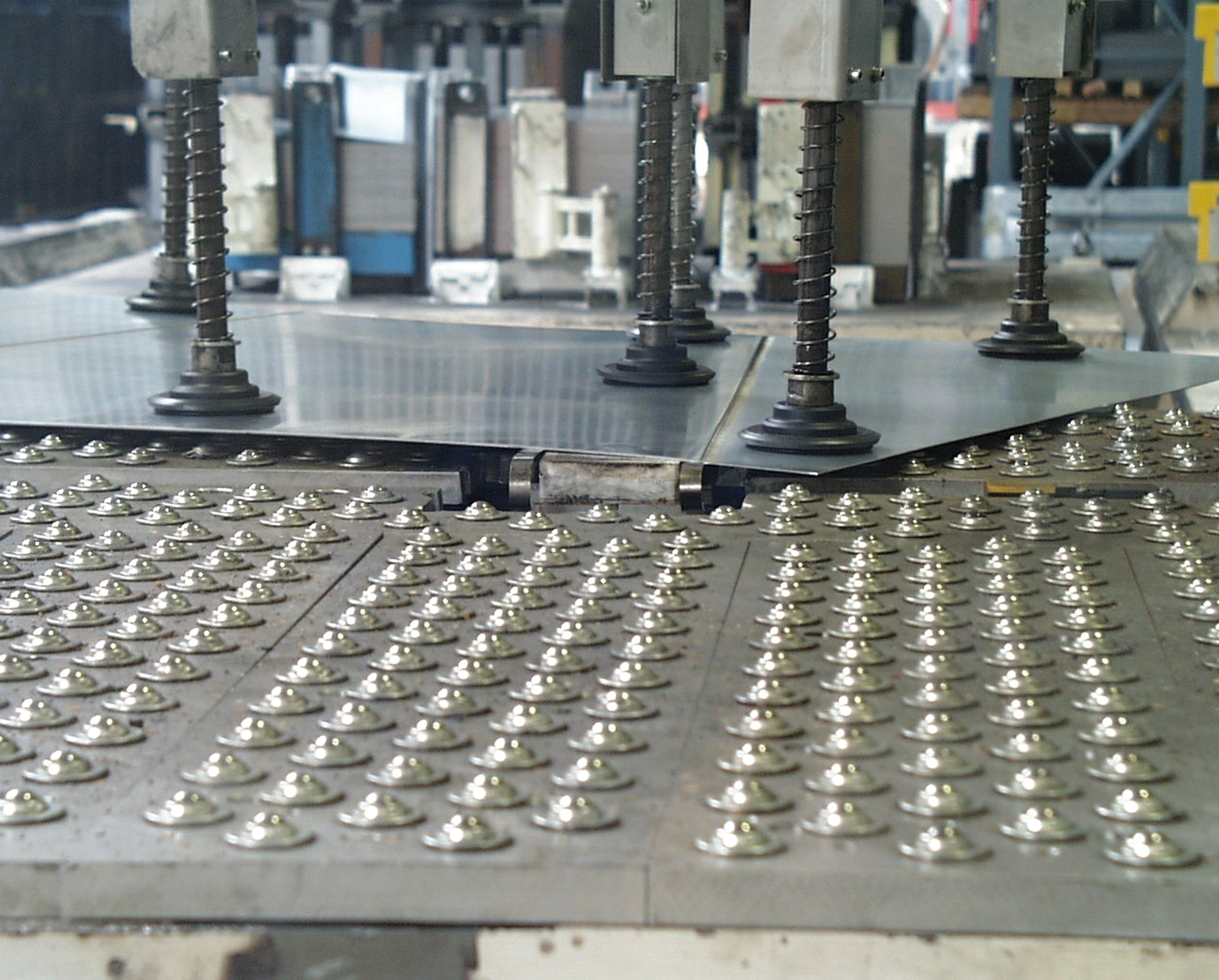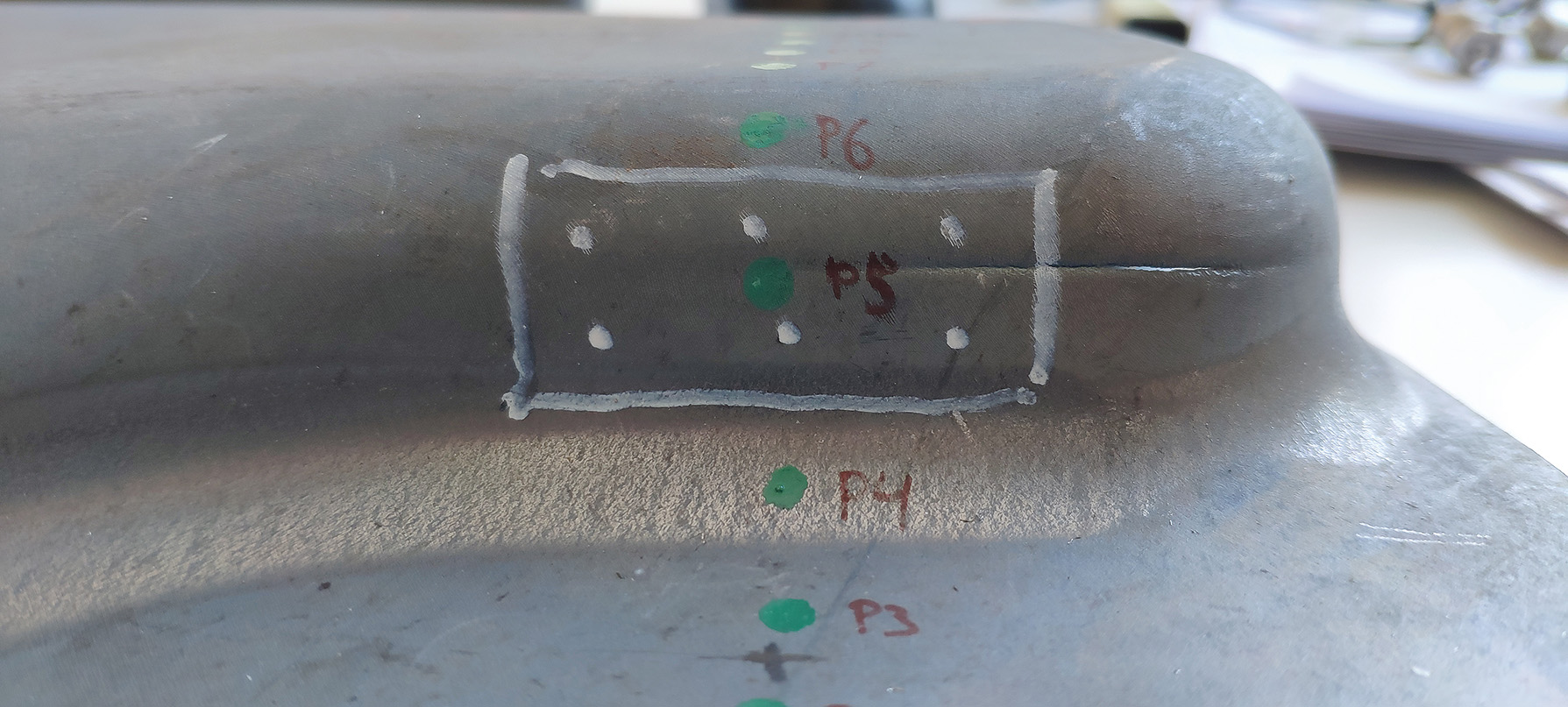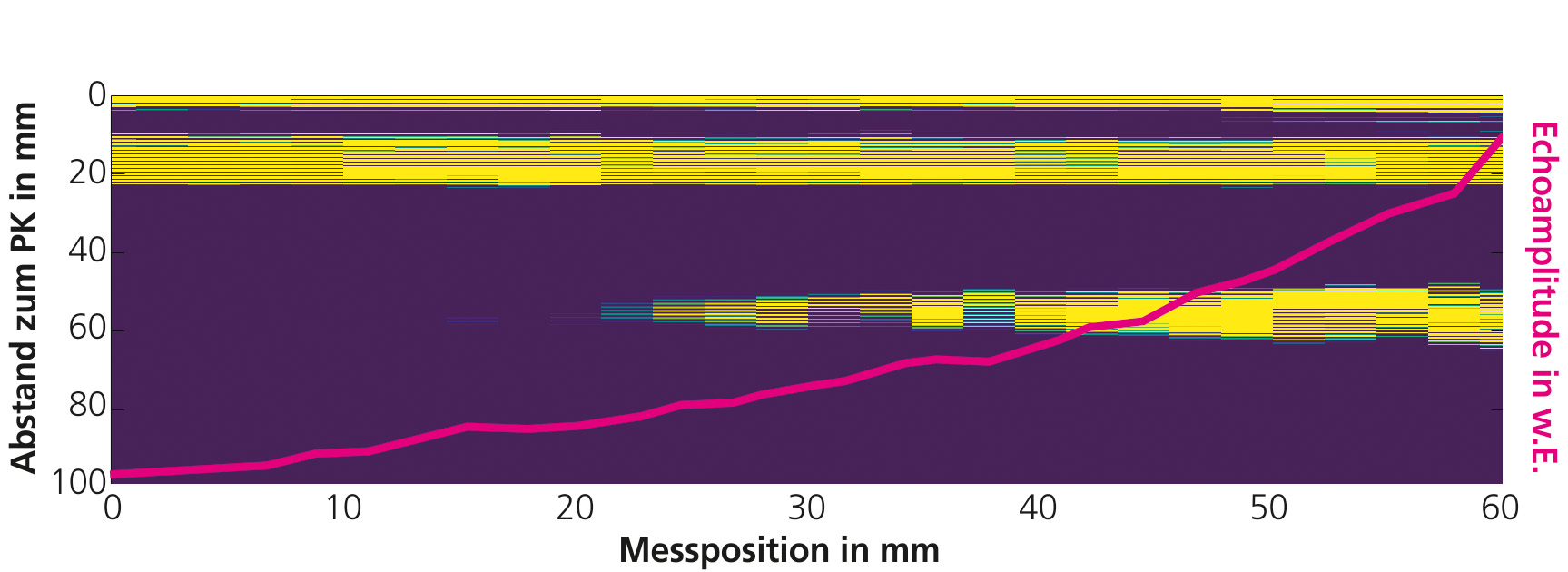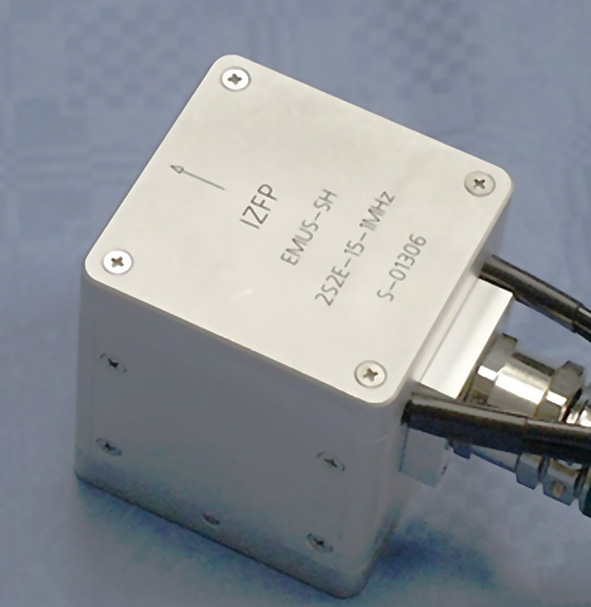Requirements on components and processes in the sheet metal forming sector are steadily rising. This applies in particular to the automotive industry as the largest manufacturer and buyer of formed sheet metal parts. Due to lightweight construction concepts, many forming processes are increasingly being pushed to their limits. Because of growing processing complexity, high forming degrees with ever smaller sheet thicknesses, batch fluctuations of the materials as well as uncertainties in the tool / machine system, it is unavoidable that these process limits are sporadically exceeded.
As a consequence of such influencing factors, forming-related component defects that are difficult to identify cannot be avoided completely. This includes cracked areas (cracks) in the sheet, but also local thinnings of the sheet thickness (neckings). While gaping cracks above a certain size can be reliably detected with optical methods, so far there was no method for the reliable detection of closed or small cracks and in particular of neckings.
A comparative study showed that the so-called EMAT inspection technique (electromagnetic acoustic transducer) is the most appropriate method for the production-integrated detection of cracks and neckings in sheet metal components. Ultrasonic probes based on EMAT can be used dry, i.e. without coupling agents and generally without contact.
Using EMAT, dynamic mechanical forces are generated in the volume of an electrically conductive and/or ferromagnetic material by the superposition of a quasi-static magnetic field and an electromagnetic high-frequency field. To inspect sheet metal components plate waves are used because they are particularly suitable for testing complex geometries and poorly accessible positions of the component.
In a component free of defects, the ultrasonic wave runs undisturbed to the edge of the component and is reflected there. If there is a crack or a necking between the EMAT sensor and the edge, the ultrasonic wave is already reflected at this defect. The ultrasonic signal shows the presence of defect as a defect echo. The run time of the defect echo is proportional to the propagation path between the defect and the EMAT sensor, resulting in the position of the defect.
In the case of a necking, the ultrasonic image shows both, the signal of the component edge (edge echo) and the defect echo. On the other hand, a continuous crack completely reflects the ultrasonic wave, so that no edge echo can be detected. Neckings and cracks are thus distinguishable. The amplitude of the defect echo correlates with the dimension and most notably with the depth of the defect (see resulting B-scan image).
Advantages
- Contact and couplant-free
- Reliable detection of neckings from 5 % wall thickness reduction (depending on material)
- High degree of automatability
Flyer “EMAT“ (sensor system to detect cracks and neckings in formed sheets)
 Fraunhofer Institute for Nondestructive Testing IZFP
Fraunhofer Institute for Nondestructive Testing IZFP 


